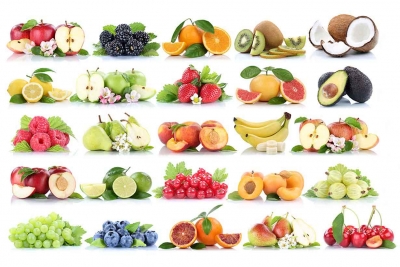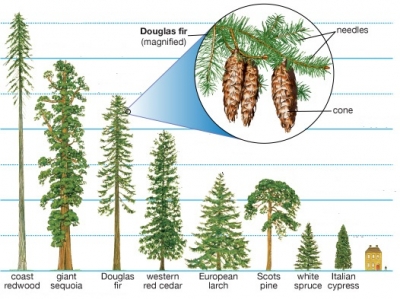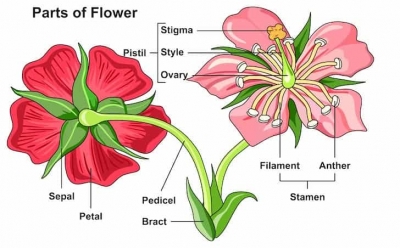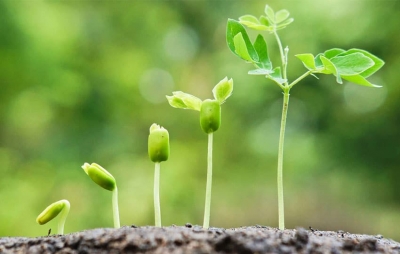What are fruit and its types?

FRUITS
All plants produce fruits that contain their seeds. Some fruits are dry husks, but others are juicy and tasty. These attract animals, which eat them and carry the seeds in their stomachs. The tough-skinned seeds are not digested, but are scattered far away from the parent plant in the animals’ droppings, and grow into new plants. The fruits are cultivated types that have been specially bred for their size and flavour.
- ORANGE An orange has very soft juicy flesh contained in many segments, which are enclosed by a hard rind. Each segment usually contains a seed, or pip. An orange is technically a type of berry, which develops over the winter from the single ovary of an orange flower. Green at first, it turns orange as it swells to full size.
- BANANA The bananas that are cultivated in the tropics have been bred to be seedless, but the wild bananas of Southeast Asia have small fruits containing many big, hard seeds. They grow in bunches on large plants with huge leaves that sprout straight from the ground.
- NUTS All nuts are large seeds, which the plant has equipped with a store of concentrated plant food. This ensures that the seedlings get a good start in life. The nut is surrounded by a hard shell, which is technically a fruit, but tough and fibrous rather than soft and juicy.
- DURIAN To attract fruit-eating mammals, many fruits are fragrant. The Southeast Asian durian fruit is famous for its strong aroma, which some people like and others hate. Animals such as forest pigs and orang-utans seem to love both its smell and taste.
- GRAPES Some fruits such as grapes grow as clusters of soft, edible, thin-skinned berries. Each berry has several seeds embedded in its flesh, although many cultivated varieties of grapes are seedless. Berries are often vividly coloured to attract birds, which have excellent colour vision.
- PEACH The juicy flesh of a peach, plum, or cherry encloses a hard “stone” that contains a single seed. This type of fruit is called a drupe. The fleshy part is meant to be eaten, so animals spread the seeds, but some animals such as parrots can crack the stones and eat the seeds, too.
- BROAD BEAN The edible part of a broad bean plant is its seeds, and its fruit is the entire pod. The wild ancestors of such beans do not attract animals. Instead, their pods dry up and split open with explosive force, so the seeds shoot out and are scattered on the ground.
- TOMATO Not all fruits are edible. Some of the wild relatives of tomatoes are extremely poisonous. They include deadly nightshade, which is lethal to humans, although some animals can eat the berries without coming to harm. Tomatoes are also related to chilli peppers.
Picture Credit : Google


